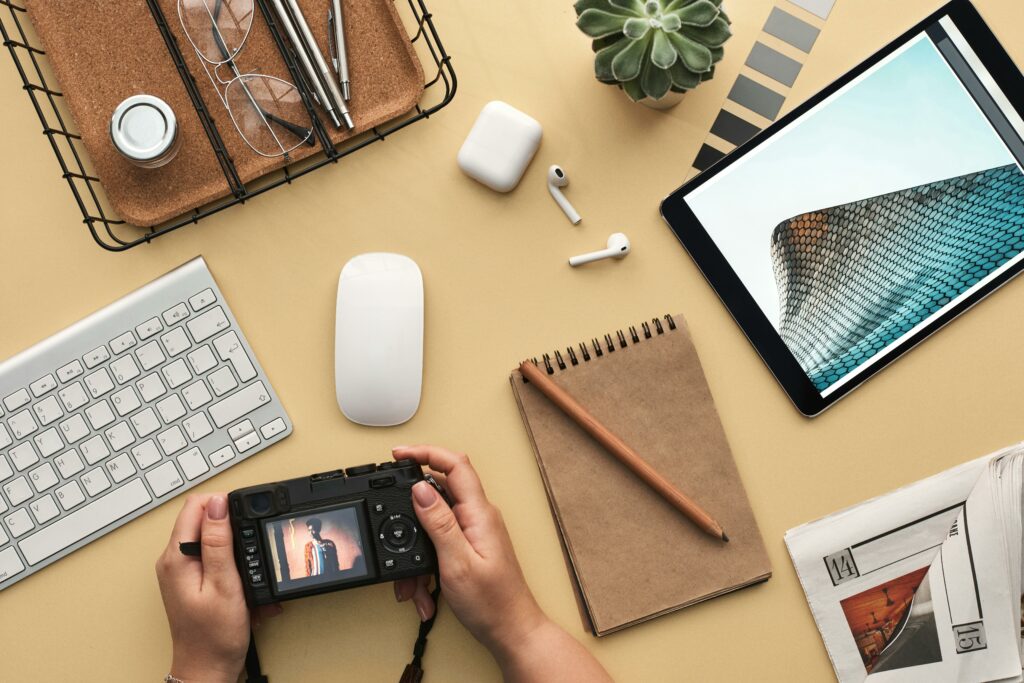
In work life, there has been a longstanding emphasis on efficiency and productivity. There is constant talk about the changing world and the unpredictability of skills required in the professional sphere. On the other hand, artificial intelligence now performs many tasks that were previously handled by humans. Let’s take a moment to consider what it is that we as humans can do that machines cannot. One such skill is, of course, creativity – a crucial future skill. Human involvement is still necessary to generate something new and meaningful, to come up with new solutions and innovations.
Creativity begins with curiosity. Humans are naturally curious, with a desire to try things and express themselves. This is especially evident in children who ask numerous questions throughout the day, explore their surroundings with curiosity, and are eager to learn new things. What happens as children grow older, and the number of questions and motivation to learn seem to decline? Does school kill creativity, as Sir Ken Robinson asks in his widely viewed TED Talk? According to him, the school, through its assessment methods, directs students to produce correct answers and instills a fear of being wrong. Fortunately, creativity is a skill that can be practiced and even rekindled – both in the world of education and in the workplace.
How to promote creativity?
- Value play, imagination, and enjoyment. These represent creativity at its best, and children excel in this.
- Develop your ability to see things differently. This requires letting go of old and familiar thought patterns.
- Don’t fear making mistakes. Dare to propose unconventional solutions and try new things without the fear of failure. Accept errors as part of creative work.
- Creativity is a process that requires persistent and patient effort. Trust yourself and believe in finding a solution. Ideas usually don’t come out of nowhere; they are cultivated over time.
- Motivation is strongly linked to creativity, and a motivated and persevering effort can lead to a state of deep immersion, known as the flow state. Consider what motivates and inspires you!
- Entering the flow state and engaging in creative work requires time and an uninterrupted environment. Therefore, conditions and moments that nourish new thinking should be created in the school or workday.
- Creativity is not an individual sport; it requires interaction with others as fuel. Shared discussions and brainstorming sessions nourish creativity, and together, creative solutions can be reached. Sometimes, thoughts need time to incubate, and the creative process continues as independent thinking or collaboration.
- Create an open, accepting, and trusting atmosphere where mistakes are allowed. In such an environment, there is openness to new things, and there is a desire to understand others. Agreement on everything is not necessary, and diverse ideas are approached with curiosity and constructiveness. For the success of creative work, it is essential to consider how we can support and encourage each other. Positive and communal experiences emerging from the creative process also contribute to resilience.
- Pause at the intersection of everyday creativity. We solve very mundane problems daily, often without realizing that we are using creativity and perhaps even humor in the process.
- Explore different stages of the creative process and tools that support creativity. Read life stories of individuals considered creative and delve into the stages of invention.
- Steal, improve, and recycle! Rarely are ideas and inventions entirely new.
See creativity as a way to understand the world around you and to analyze things in a positive and thoughtfully critical manner. Say yes boldly to new things. Remember that creativity is already in you!

References:
Järvilehto, Paavo & Järvilehto, Lauri. Pim! Olet luova. 2019. Tuuma-kustannus.
Lonka, Kirsti. Oivaltava oppiminen. 2020. Otava.
Luovuuspedagogiikka. 2006. Opetushallitus. lehde (tehnoloogia.ee) Accessed 22 January 2024
Pölönen, Perttu. Tulevaisuuden lukujärjestys. 2019. Otava.
Sir Ken Robinson – The Official Website – Inspiring Creativity & Innovation for Future Generations Accessed 22 January 2024
